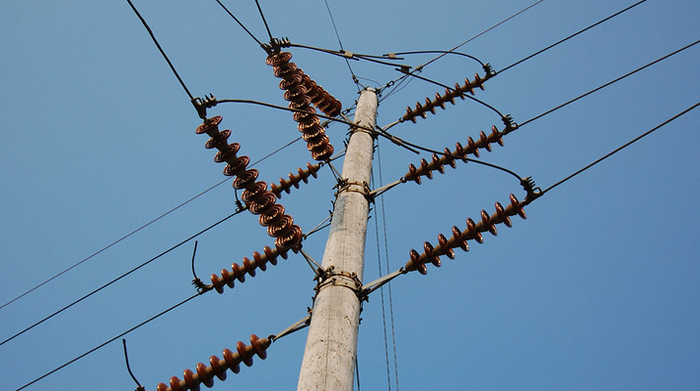CAISO Earmarks 46 Transmission Projects to Boost Reliability in California

Image courtesy of Tim O’Bryan under Attribution-NoDerivs 2.0 Generic License, resized to 700 x 391 pixels.
On April 3, 2023, the California Independent System Operator (CAISO) submitted a draft transmission plan that identified 46 transmission projects, encompassing a near $10 billion investment, that will be needed to maintain the reliability of California’s power grid over the next decade.
The plan, which will be submitted for approval in May 2023, represents a significant increase over the 23 transmission projects, at a total cost of $3 billion, identified by CAISO in 2022.
Why the Proposed Transmission Projects are Necessary
There are 2 main reasons for the proposal – to meet California’s expected future energy demand, and to efficiently add renewable energy sources into the grid in order to meet the state’s aggressive clean energy goals.
As an example of the rising demand expectations in the state, in 2022 the state projected that it needed to add 40 GW to the grid. Just one year later, this projection has ballooned to 70 GW by 2033. Simply put, according to CAISO, “forecasted electricity needs in California over the next decade have been rapidly increasing, which is also accelerating the pace at which new transmission infrastructure needs to be developed.”
To break it down, 24 of the 46 proposed projects have been earmarked to ensure grid reliability in the face of California’s EV goals and other electrification mandates within the state. The remaining 22 are needed to integrate renewable energy sources into the grid. Interestingly, the 24 ‘reliability’ projects are expected to cost a total of $1.76 billion, with the 22 ‘renewable energy’ projects expected to cost a total of $7.53 billion.
In the final analysis, if you work for an electric utility in California, it looks like you’ll need to buckle up for a bit of a rough ride. The changes that are being pushed by California’s officials will clearly challenge grid operators, and even with the proposed transmission projects, it’s not going to be easy for the state’s utilities to check all the boxes.



